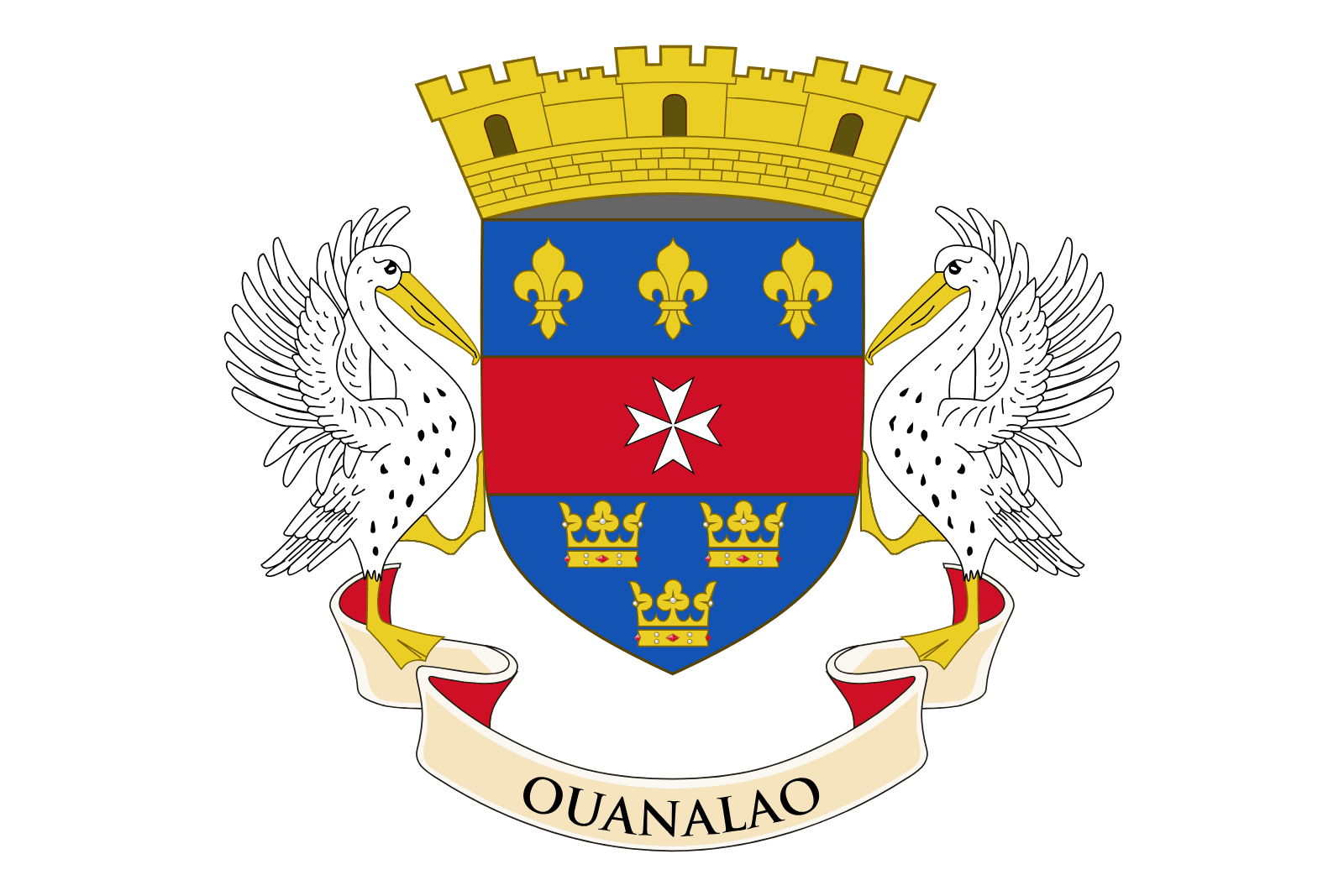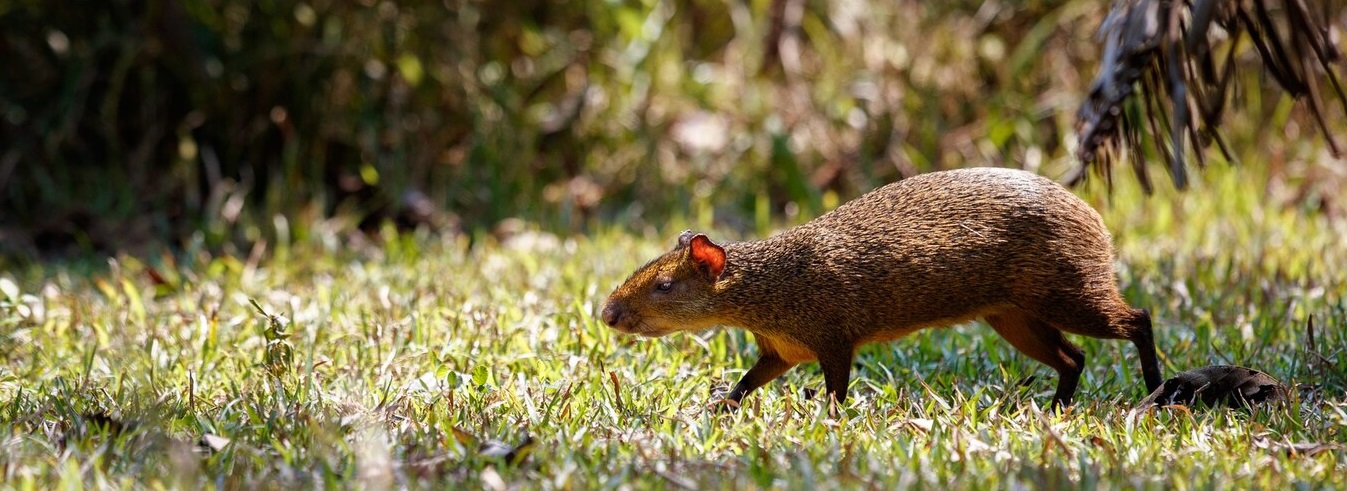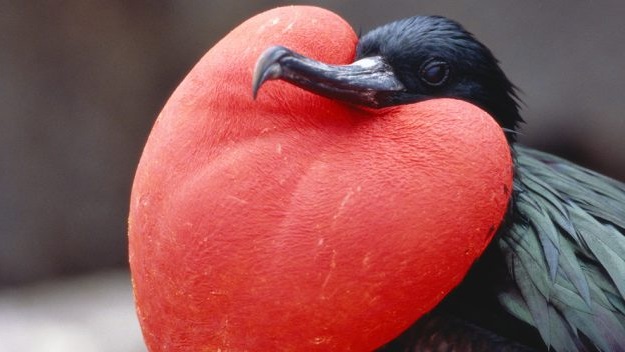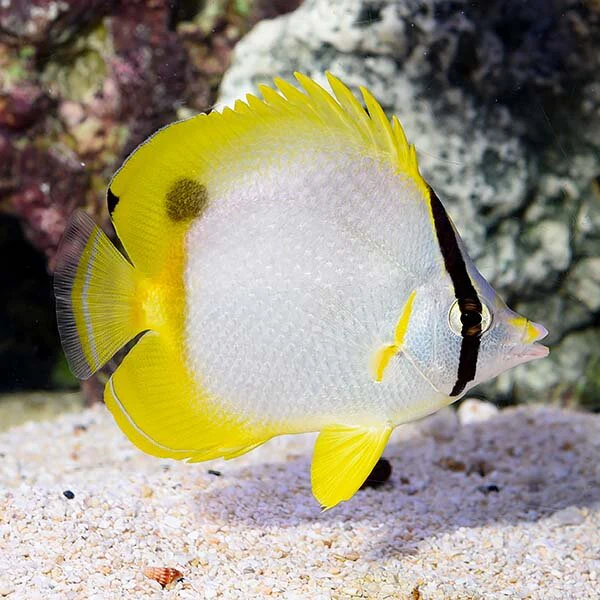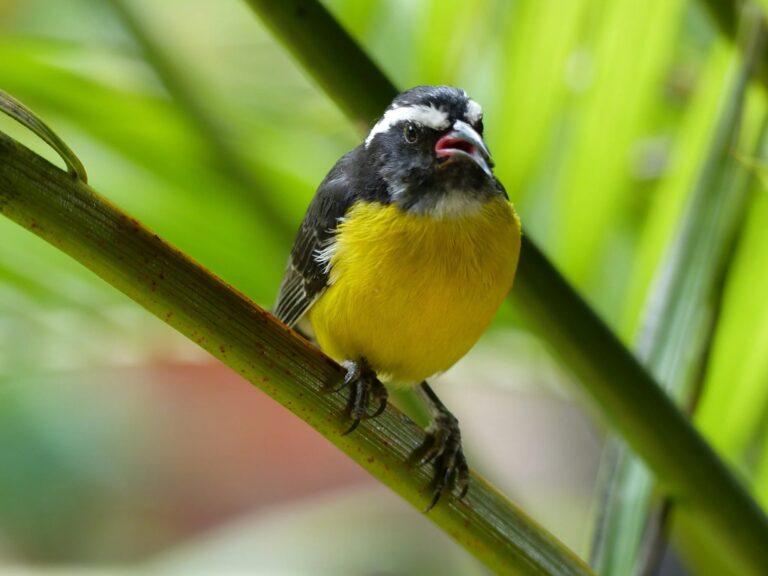Agouti
The agouti (Dasyprocta spp.) is a small to medium-sized rodent native to Central and South America, and it has been introduced to several Caribbean islands, including St. Barthélemy (St. Barth). These animals are known for their role in the ecosystem as seed dispersers.
Characteristics of the Agouti:
- Appearance:
- Size: Agoutis are typically around 16 to 24 inches long and weigh between 4 to 9 pounds.
- Coloration: They have coarse fur that ranges in color from reddish-brown to dark brown or black, with lighter underparts.
- Body Structure: They have a robust body, short limbs, and a relatively small head with large, sharp incisors for gnawing.
- Behavior:
- Diet: Agoutis are primarily herbivorous, feeding on fruits, nuts, seeds, and occasionally leaves and tubers. They are known for their habit of burying seeds, which helps in forest regeneration.
- Activity: They are diurnal, meaning they are active during the day. They forage on the forest floor and are adept at digging and climbing.
- Reproduction: Agoutis typically have one to three offspring per litter. They create burrows or use natural shelters for nesting.
Habitat and Distribution:
- Range: Native to Central and South America, agoutis have been introduced to several Caribbean islands. Their introduction to St. Barth may have been through human activities, either intentionally or accidentally.
- Environment: Agoutis inhabit various environments, including tropical forests, savannas, and cultivated areas. On St. Barth, they are often found in wooded areas and gardens.
Ecological Role:
- Seed Dispersal: One of the most important roles agoutis play in the ecosystem is seed dispersal. By burying seeds as a food reserve, they contribute to the growth of new plants and the maintenance of forest biodiversity.
- Forest Regeneration: Their activity helps in the regeneration of forests, as many of the seeds they bury are forgotten and grow into new plants.
Conservation Status:
- Stable Population: Generally, agoutis have stable populations in their native range. However, their status on introduced islands can vary.
- Impact of Introduction: The introduction of agoutis to non-native environments, like St. Barth, can have mixed ecological impacts. While they can contribute to seed dispersal, they may also compete with native species or disrupt local ecosystems.
Viewing Agoutis in St. Barth:
- Common Sight: Agoutis can often be seen in wooded areas, gardens, and near human settlements where they forage for food.
- Behavior Observation: Observing their foraging behavior and interactions with the environment can provide insights into their role in seed dispersal and forest dynamics.
Importance to Local Culture:
- Cultural Significance: In many regions where agoutis are found, they are a part of local folklore and are sometimes hunted for food. Their presence in St. Barth adds to the island’s biodiversity and natural heritage.
Considerations for Management:
- Ecological Impact: Managing the population of introduced agoutis is important to ensure they do not negatively impact native species or ecosystems.
- Conservation Balance: Efforts should focus on balancing the ecological benefits of seed dispersal with potential competition or disruption to native wildlife.
In summary, the agouti is an introduced species in St. Barth that plays a significant role in seed dispersal and forest regeneration. While their presence contributes to the island’s biodiversity, careful management is necessary to ensure they do not negatively impact the local ecosystem. Observing agoutis can offer valuable insights into their behavior and ecological contributions.

